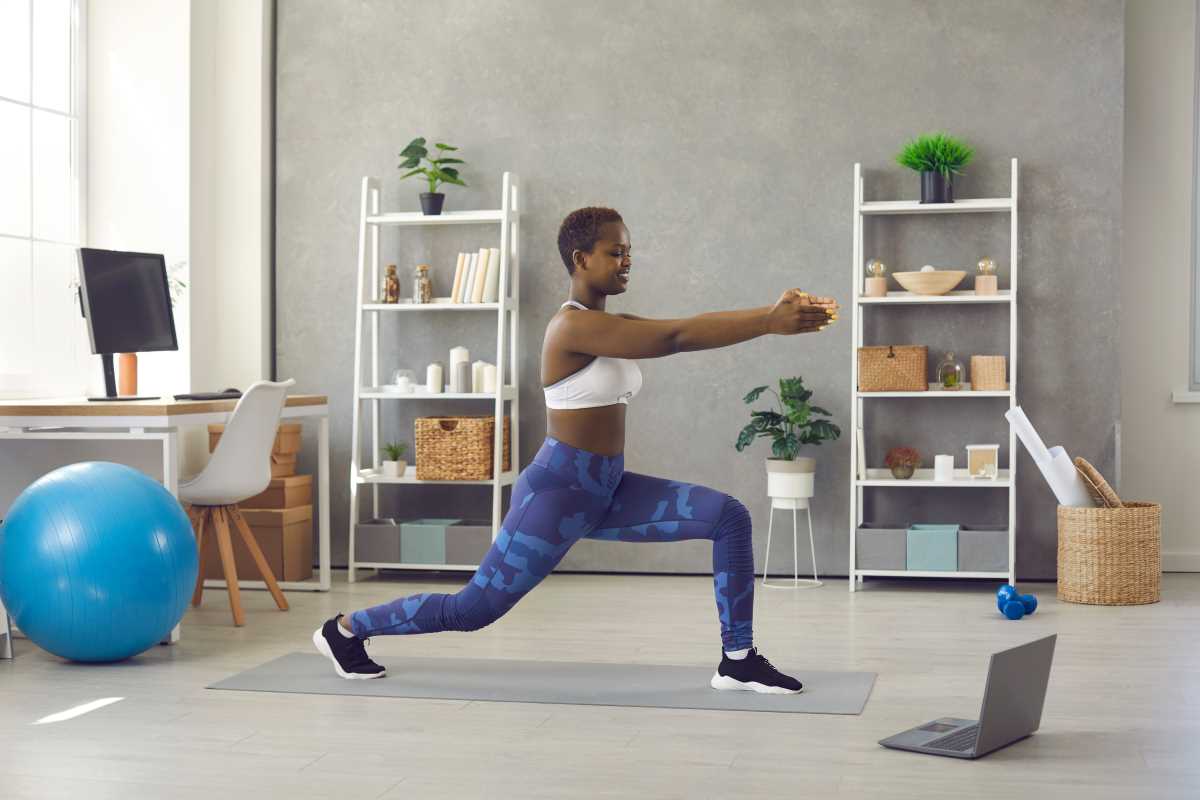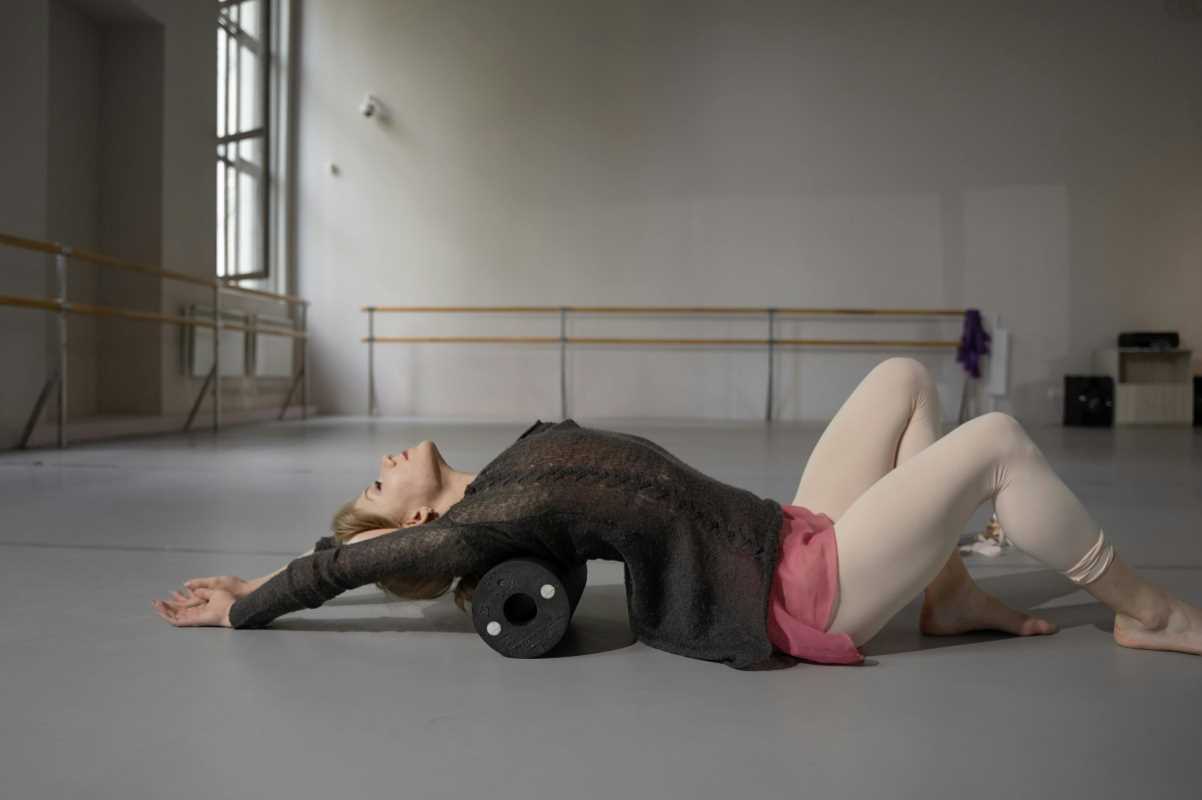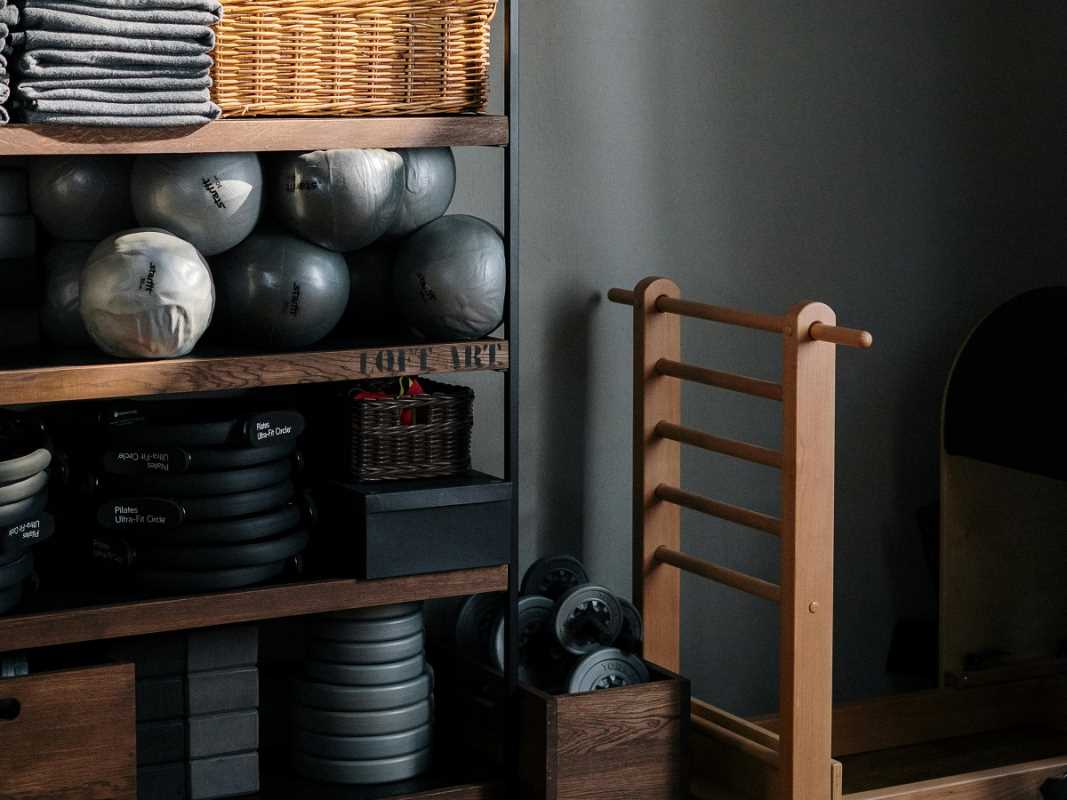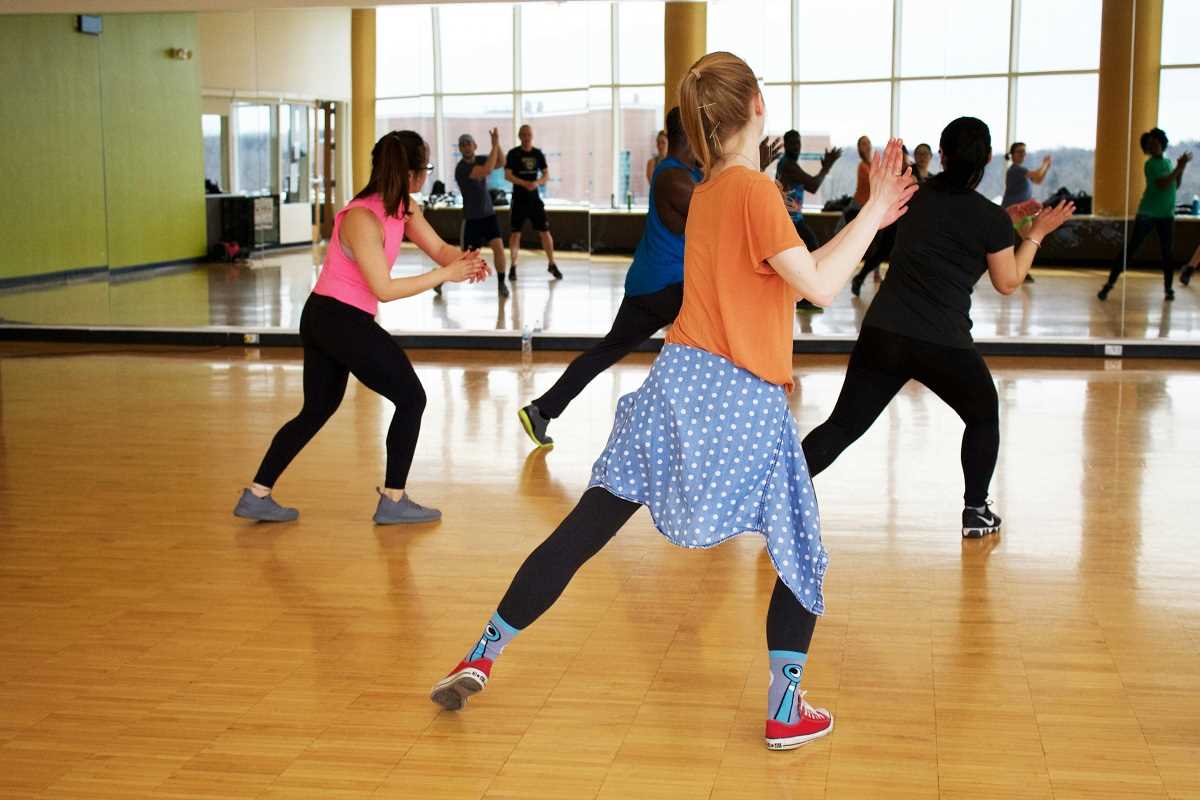When you think about strengthening your core, what exercises come to mind? Planks? Crunches? Maybe some sit-ups? While those are all useful, they only scratch the surface of what your core is capable of. There's a hidden gem in the world of fitness that many overlook—rotational exercises. These movements can completely transform not only your core strength but also your day-to-day functionality.
If you’ve been searching for something new to shake up your workout routine and make you feel stronger, more flexible, and balanced, then rotational exercises might just be the answer.
What Are Rotational Exercises?
Rotational exercises involve any movement where your body rotates or twists along the spine. Sounds simple, right? But don’t underestimate them. These exercises aren't just about spinning side to side for fun (though they can be pretty enjoyable). They're deliberate movements that engage your core muscles in unique ways.
Your core isn’t just about washboard abs. It includes your entire midsection—your transverse abdominis, obliques, rectus abdominis (the “six-pack” muscles), and parts of your lower back. When you add rotation, you engage all of these muscles to work together, which makes for a stronger, more balanced core.
The Magic of Rotation
You might be wondering why rotation is so important. After all, traditional ab exercises like sit-ups and planks seem to get the job done, right? While those exercises do strengthen your core, they primarily work in one direction, either forward or in a static hold.
Rotation, on the other hand, mimics the natural way our bodies move during everyday tasks. Think about unloading groceries from your car, reaching for a seatbelt, playing tennis, or even twisting to grab something off the counter. All these movements rely on core rotation. Training your body in this way improves not just your athletic performance but also daily functionality and reduced risk of injury.
Why Is This Especially Beneficial for Middle-Aged Women?
For middle-aged women, rotational exercises bring more than just aesthetic perks. They help improve posture, enhance flexibility, and protect your spine, which are areas that naturally start to weaken with age. If you’ve ever felt stiff or noticed lower back pain creeping in, rotational core work can help combat those issues head-on.
Additionally, rotational exercises challenge your balance, which is an area of fitness often overlooked but incredibly important as we grow older. Rotational movements train your stabilizing muscles, making everyday movements safer and more efficient.
Benefits You Didn’t See Coming
You might already be sold on rotational exercises, but their benefits stretch beyond what’s obvious. Here are the surprising perks you’ll gain by adding them to your routine.
1. Improved Athletic Performance
If you love tennis, golf, dancing, or even leisurely hiking, rotational core work will make you noticeably better. These sports and activities all require strong rotational strength to generate power and maintain balance. For example, a golf swing or a strong tennis serve relies on twisting at the core. Strengthening this area ensures you can swing harder, move faster, and control your movements better.
2. Better Balance and Stability
Have you ever felt wobbly trying to stand on one leg or walking across uneven terrain? Rotational exercises engage stabilizing muscles that help you balance in challenging situations. Over time, you'll notice increased confidence in your movements, whether you're stepping onto a boat dock or simply walking down the stairs.
3. Reduced Risk of Injury
Back pain, a common nuisance for middle-aged women, is often caused by weak or overly tight core muscles. Rotational exercises help balance out these muscles, ensuring your spine is properly supported and reducing strain on your lower back.
Additionally, strengthening your core in all directions helps protect you from falls, pulled muscles, and other accidents because you’ll have better overall body control.
4. Enhanced Flexibility
Flexibility tends to decline with age, but rotational movements keep your torso limber. Being able to twist and reach without strain or stiffness is incredibly important for maintaining independence and comfort in daily life.
How to Get Started with Rotational Exercises
If the idea of rotational exercises feels unfamiliar, don’t worry. You don’t need fancy gym equipment or hours to see benefits. Below are some simple yet powerful exercises to incorporate into your fitness routine.
1. Russian Twists
This classic core move is a fantastic introduction to rotation.
- Sit on the floor with your knees bent and feet flat.
- Lean back slightly to engage your core.
- Hold a weight or medicine ball, and twist your torso from side to side, touching the weight to the floor on each side.
- Start with slow, controlled movements and aim for 10-15 repetitions per side.
2. Woodchoppers
This move strengthens both your obliques and upper body.
- Stand with your feet shoulder-width apart, holding a dumbbell or resistance band in both hands.
- Start by holding the weight near one hip and then twist your body, lifting the weight diagonally across your torso to the opposite shoulder.
- Repeat on each side for 12-15 repetitions.
3. Standing Rotations with a Resistance Band
If you love functional fitness, this one’s for you.
- Attach a resistance band to a sturdy anchor at waist height.
- Stand sideways to the anchor, holding the band with both hands.
- With straight arms, twist your torso away from the anchor and then back to the starting position.
- Complete 10-12 repetitions per side.
4. Side Plank with a Twist
This combines the static strength of a plank with the benefits of rotation.
- Start in a side plank position with your feet stacked.
- Extend your top arm toward the ceiling.
- Twist through your torso, bringing your top arm down and under your body.
- Return to the starting position. Aim for 8-10 twists on each side.
5. Seated Oblique Twists with a Medicine Ball
This move is low-impact but highly effective.
- Sit on a chair or stability ball with good posture.
- Hold a weight or medicine ball in front of you at chest level.
- Slowly twist your torso to one side, return to center, and then twist to the other side.
- Perform 10-12 reps per side.
Tips for Success
- Start Slow: Don’t rush through the movements. Control is key to engaging the correct muscles and avoiding injury.
- Focus on Form: It’s easy to cheat by using momentum. Aim to isolate your core muscles rather than leaning or swinging with your arms.
- Breathe: Breathing deeply will help you maintain rhythm and manage exertion during rotational movements.
- Consistency Over Intensity: You don’t need to spend hours twisting and turning. A few minutes of focused core work a few times a week makes a huge difference.
Building Strength, One Twist at a Time
Rotational exercises are far more than just another fitness trend. They’re a proven way to boost your strength, balance, flexibility, and even your confidence. Whether you're hitting the tennis court, carrying groceries, or stretching first thing in the morning, a strong and stable core powered by rotational movements will have your back (literally).
Not sure how to get started? Try incorporating one or two of the exercises mentioned above into your routine and build from there. You’ll feel the difference in no time.
Your core is the foundation of your body. Give it the support and strength it deserves by adding a little twist to your workouts!
 (Image via
(Image via
.jpg)




